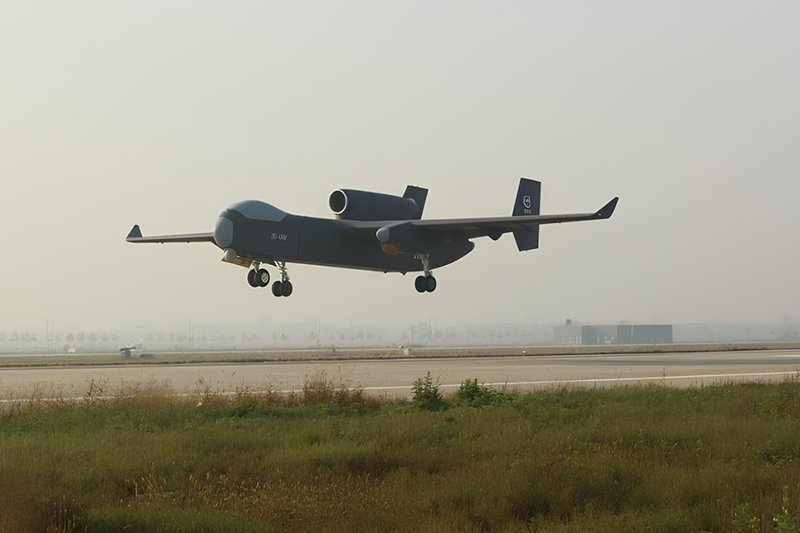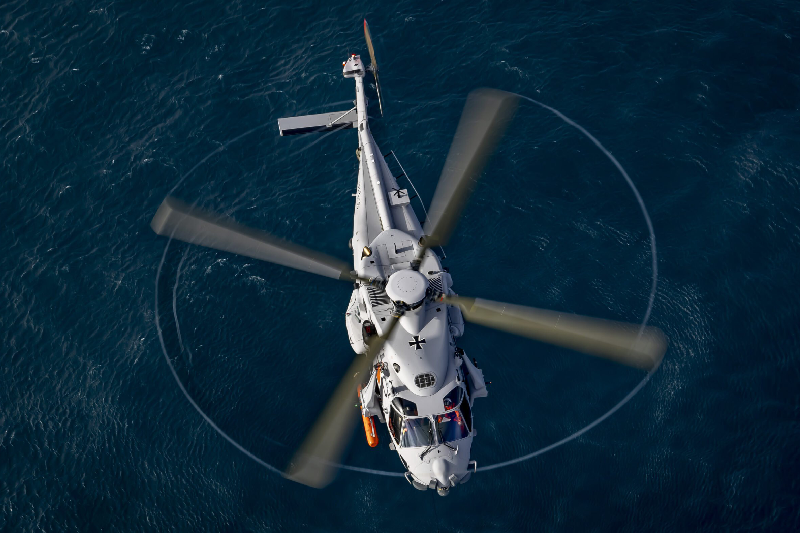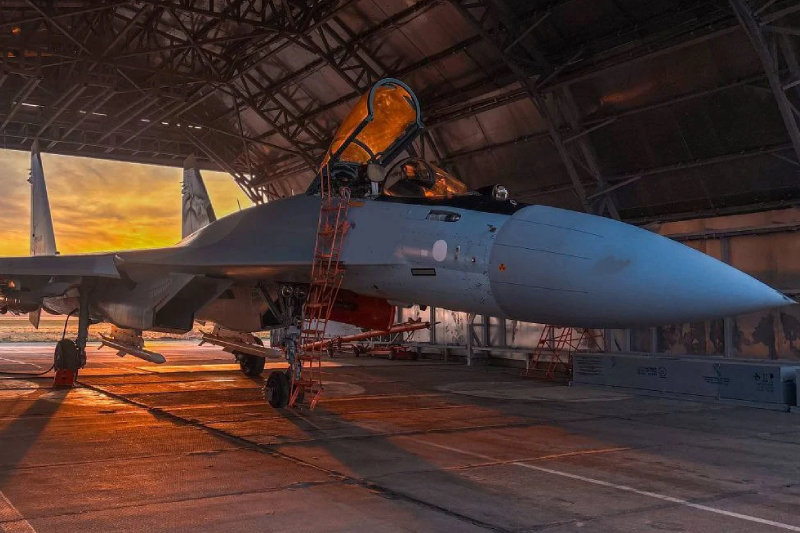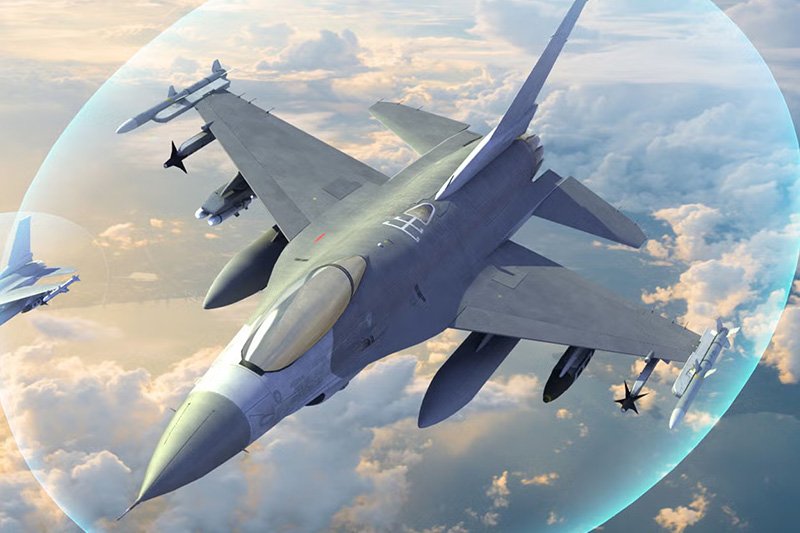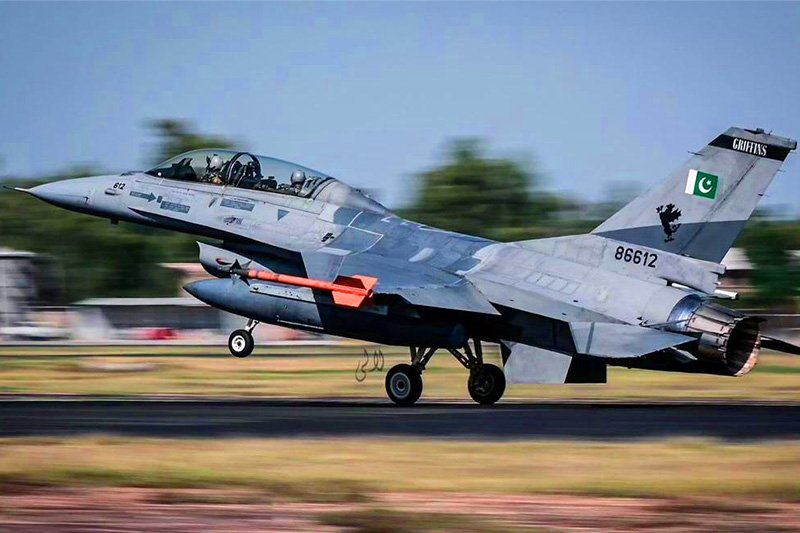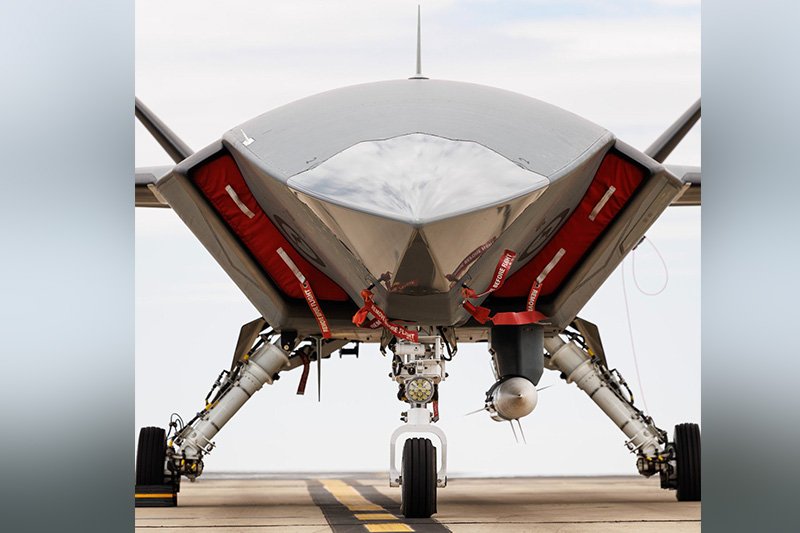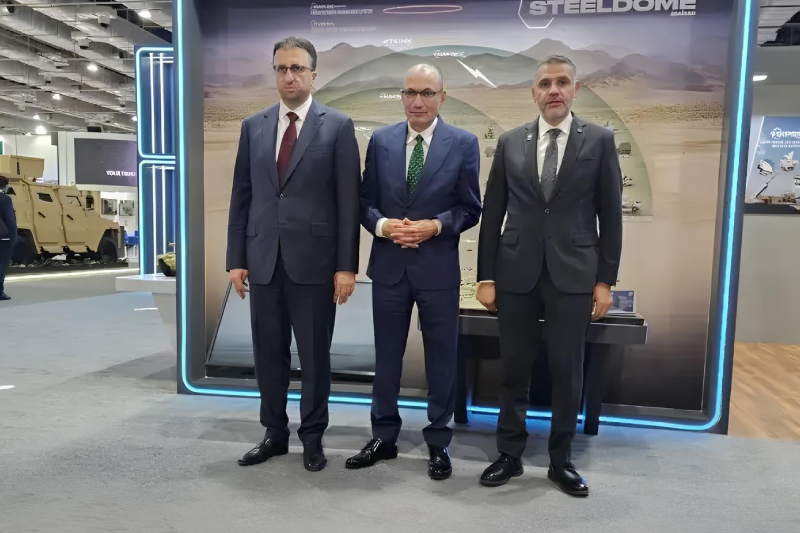Boeing Builds Next-Gen Self-Piloting Submarines
Boeing has been quietly developing groundbreaking self-piloting submarines that represent a significant advancement in autonomous underwater technology. These innovative self-piloting submarines utilize cutting-edge artificial intelligence and advanced engineering to operate independently in challenging maritime environments, marking Boeing’s strategic expansion beyond aerospace into underwater vehicle systems that could revolutionize both military and civilian marine operations.
Boeing’s involvement in underwater vehicle development spans over six decades, with the company claiming to have “designed and operated manned and unmanned deep sea systems since the 1960s.” This extensive experience demonstrates Boeing’s commitment to marine technology development, leveraging principles of fluid dynamics that closely parallel the aerodynamic expertise used in aircraft design. The transition from air to underwater vehicles represents a natural evolution of Boeing’s engineering capabilities.
Boeing’s modern submersible program officially launched in 2001 with the introduction of the Echo Ranger, an 18-foot unmanned undersea vehicle. Originally designed for the oil and gas industry, the Echo Ranger helped companies search for potential drilling sites on ocean floors. Beyond commercial applications, this pioneering platform supported environmental research, including collaborations with the National Oceanic and Atmospheric Administration to study fish habitats and marine ecosystems.

Much of Boeing’s underwater vehicle development remains classified due to military applications and national security considerations. These advanced systems serve various defense purposes, from reconnaissance missions to strategic deterrence operations. The secretive nature of these programs reflects their importance in modern naval warfare and the sensitive technologies they incorporate for military advantage.
The Orca autonomous submarine represents Boeing’s most advanced underwater vehicle, designated as an eXtra Large Uncrewed Undersea Vehicle (XLUUV) for the U.S. Navy. This impressive platform measures 51 feet in length with a modular payload system capable of adding an additional 34 feet, creating unprecedented cargo capacity for underwater operations. The submarine’s 81-inch diameter provides equivalent capacity to nine medium-sized UUVs or 48 smaller platforms.
The Orca submarine utilizes sophisticated hybrid propulsion technology featuring a diesel-electric system complemented by an 18-kilowatt battery pack. This innovative powertrain configuration delivers an impressive operational range of 6,500 nautical miles, enabling extended missions without refueling or recharging requirements. The hybrid system optimizes fuel efficiency while maintaining the power necessary for complex underwater operations.
One of the Orca’s most remarkable features is its complete autonomy, functioning essentially as a self-driving submarine capable of independent operation. The platform can launch directly from piers, navigate through congested waterways without human intervention or support vessels, and automatically return to launch sites upon mission completion. This autonomous capability eliminates the need for costly support infrastructure while reducing operational risks to human personnel.
The Orca’s modular payload system provides extraordinary versatility for diverse mission requirements. The platform can carry up to eight tons of specialized equipment, weapons systems, or surveillance technology depending on operational needs. Mission capabilities include mine laying operations, anti-submarine warfare, surface threat engagement, and electronic warfare activities, making it a multi-role platform for complex naval operations.
Boeing expanded its autonomous submarine capabilities with the Echo Seeker in 2015, doubling the specifications of its predecessor. The 32-foot platform offers significantly enhanced endurance, remaining underwater for three days with nearly six times the cargo capacity of the Echo Ranger. With 170 cubic feet of storage space and operational depth capability of 20,000 feet, the Echo Seeker bridges the gap between research platforms and military applications.
Introduced in 2016, the Echo Voyager serves as the civilian foundation for the military Orca platform. Sharing similar length and range specifications with its military counterpart, the Echo Voyager demonstrates Boeing’s approach to developing dual-use technologies that benefit both commercial and defense applications. The platform’s maximum operational depth of 11,000 feet provides substantial deep-water capabilities for various missions.
Boeing’s submarine development incorporates technologies popular in the automotive industry, particularly hybrid propulsion systems and autonomous operation capabilities. These parallels demonstrate how technological innovations transcend industry boundaries, with underwater vehicles adopting successful approaches from other transportation sectors. The integration of proven automotive technologies accelerates development timelines while ensuring reliability.
Boeing positions its autonomous submarine technology as essential for achieving “undersea maritime dominance in changing environments and contested waters.” This strategic vision reflects growing global tensions and the increasing importance of underwater capabilities in modern warfare. Autonomous submarines provide nations with persistent presence capabilities without risking human lives or revealing operational intentions.
Beyond military uses, Boeing’s submarine technology supports environmental research and marine conservation efforts. These platforms enable scientists to study deep-water ecosystems, monitor environmental changes, and conduct research in dangerous or remote locations. The ability to operate autonomously for extended periods makes these systems invaluable for long-term scientific studies.
Boeing continues advancing autonomous submarine technology through ongoing research and development programs. Future iterations may incorporate artificial intelligence enhancements, improved sensor systems, and extended operational capabilities. The company’s commitment to underwater vehicle development suggests continued innovation in this rapidly evolving field.
Also read this: South Korea to Develop MUM-T Drone Carrier Fleet For ROK Navy
The development of sophisticated autonomous submarines has significant implications for global maritime security and underwater exploration. Nations with advanced submarine technology gain strategic advantages in contested waters while supporting scientific research and commercial operations. Boeing’s leadership in this field positions the United States at the forefront of underwater vehicle technology development.
Modern autonomous submarines must integrate seamlessly with existing naval forces and command structures. Boeing’s platforms incorporate communication systems and operational protocols that enable coordination with surface vessels, aircraft, and submarine fleets. This integration ensures that autonomous systems enhance rather than complicate naval operations.
Keep connected with us at Facebook, Twitter, YouTube, Instagram & TikTok for latest defense happening around the globe.
Discover more from International Defence Analysis
Subscribe to get the latest posts sent to your email.


